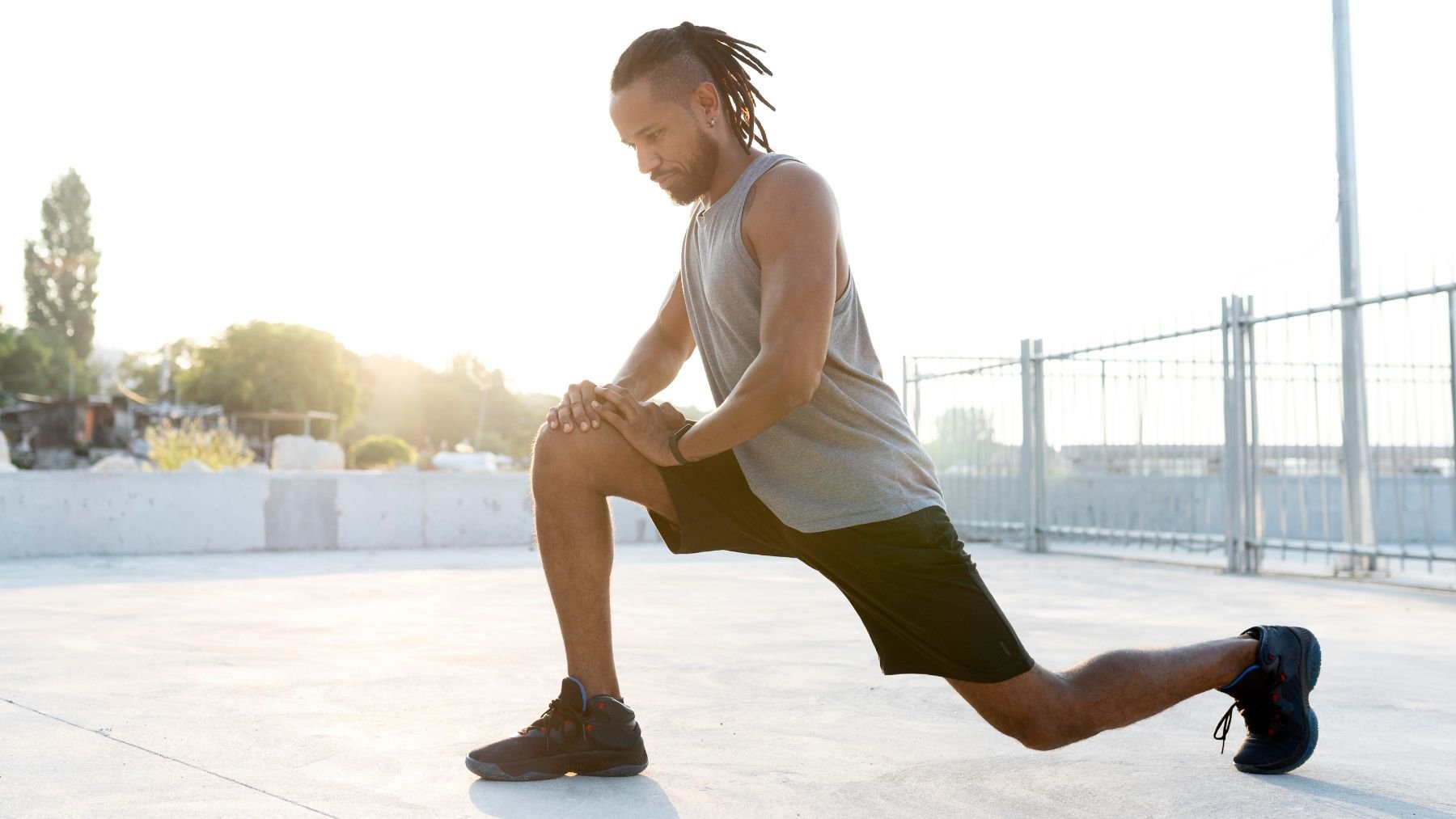Knee pain isn’t always a sign of injury or arthritis. Many times, it comes from weak or tight muscles that fail to support the joint properly. Long hours of sitting can also make the problem worse, leaving the knees stiff and uncomfortable. The right routine of stretches and strength moves can go a long way toward improving mobility and preventing discomfort.
According to Aleksandra Kuta, a physical therapist from HSS Hudson Yards, lack of flexibility or strength often leads to stress on areas of the knee not designed to handle it. She explains that building stability in the surrounding muscles and maintaining mobility are key factors in reducing pain and protecting the knees over time.
The simplest stretches and exercises for strong knees
If your knees feel achy but not severely painful, you can try these stretches and exercises at home. Kuta emphasizes that consistency is what brings results: doing them several times a week can improve stability and reduce discomfort. However, if pain lasts more than a month, limits your daily activities, or worsens, it’s important to consult a professional.
Half-kneeling hip flexor stretch
- Start kneeling with one leg bent at 90 degrees in front of you and the other extended behind.
- Place hands on hips, tighten glutes, and tilt your pelvis under.
- Shift weight forward gently until you feel a stretch in the front of the hip.
- Hold 1–2 minutes, then switch sides.
Dynamic hamstring floor stretch
- Lie on your back with both legs straight.
- Pull one leg toward your chest, holding behind the thigh.
- Slowly extend the leg upward, then bend it again.
- Continue for 1–2 minutes, then switch legs.
Figure 4 stretch
- Lie on your back with knees bent.
- Cross one ankle over the opposite knee.
- Pull the lower leg toward your chest until you feel a stretch in your hip and glute.
- Hold 1–2 minutes per side.
- Strength moves to stabilize the knees
- Stronger muscles around the knees and hips help protect the joint from strain. Most of these moves can be done without equipment, though resistance bands or small weights can increase intensity.
Squats
- Stand with feet shoulder-width apart, toes slightly out.
- Sit back as if lowering into a chair, keeping weight in heels.
- Stop when thighs are parallel to the floor or as far as comfortable.
- Return to standing.
- Do 3 sets of 10–15 reps.
Deadlift
- Stand with feet shoulder-width apart, holding a weight or household object.
- Keep back flat and hinge at the hips, lowering the weight toward your shins.
- Rise back up by pressing through your feet and squeezing glutes.
- Repeat 3 sets of 10 reps.
Monster walk (Side steps)
- Place a resistance band above your ankles, knees slightly bent.
- Step sideways, keeping tension in the band.
- Take 10–15 steps left, then the same to the right.
- Do 3 sets.
Heel and toe raises
- For heel raises, stand near a wall, bend knees slightly, and lift onto the balls of your feet. Lower slowly.
- For toe raises, lean your back against a wall, walk feet forward slightly, and lift toes up. Lower slowly.
- Do 30 reps of each.
When to consider professional help
These moves can ease stiffness and improve knee health, but ongoing or worsening pain shouldn’t be ignored. Kuta advises seeing a physical therapist if discomfort persists or if the knee feels unstable, locks, or gives out. A PT can evaluate the entire body, spot imbalances, and design a tailored program for your needs.
Even without current pain, scheduling a visit before starting a new activity—like running or martial arts—can help prevent injuries. With regular stretching and strengthening, combined with professional guidance when needed, you can keep your knees powerful, stable, and ready for movement at any age.

